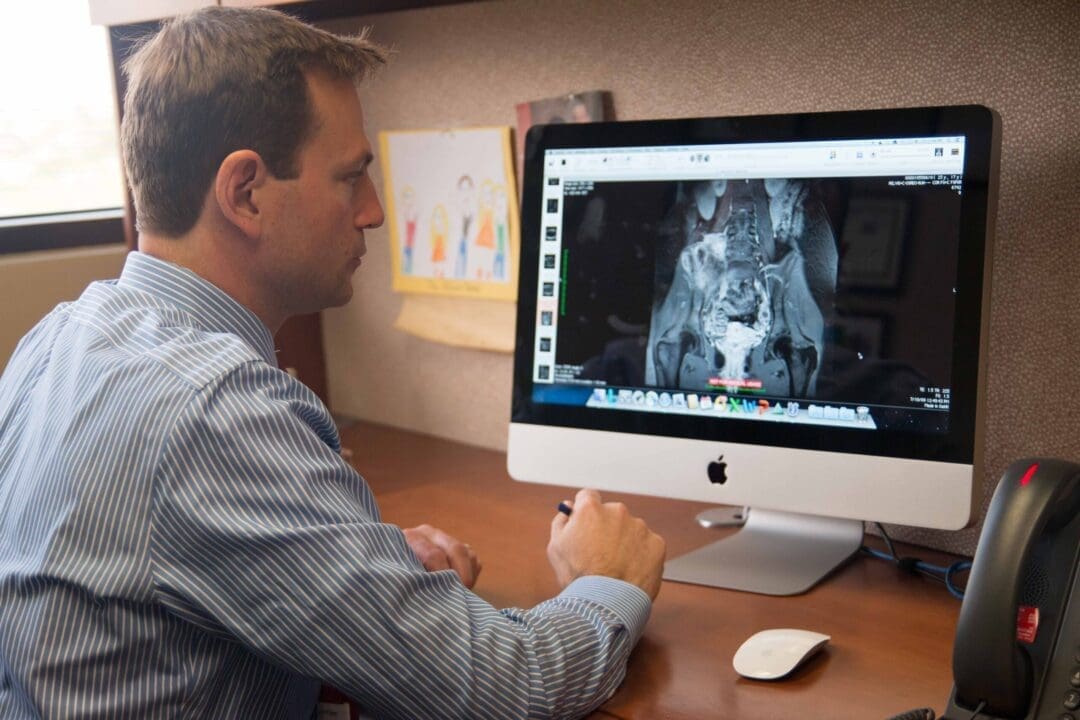
Long Bone Fractures
The body consists of five major sets of long bones – the femur (thigh bone), fibula (runs parallel to the tibia in the calf or lower leg), tibia (shin bone), humerus (the upper arm), and the radius and ulna (parallel bones of the forearm or lower arm). Although every bone in the body is susceptible to breaks and fractures, the tibia is generally the most common of the long bone fracture type.
The most common cause of a break or damage to a healthy bone is usually from high impact blunt force trauma, such as those sustained from a car accident or a fall from a considerable height. When bones are weakened and compromised due to underlying medical conditions, they can become vulnerable to fractures and injuries from minimal force and pressure.
An injury that results from the effects of an underlying problem with the bone is known as a pathologic fracture. The most common causes of pathologic bone fractures are arthritis, osteoporosis, genetic bone disorders, and cancer. To learn more about long bone fracture treatment, contact Dr. Daniel Allison in Los Angeles by calling (310) 730-8008 or filling out the online contact form.
Traumatic Long Bone Fractures
Car accidents, sports injuries, industrial accidents, workplace injuries, and falls are the most common causes of most tibial and other long bone fractures.
Long Bone Fracture: Arthritis Bone-Related Fractures
Arthritis is a group of inflammatory conditions that lead to the gradual erosion of the protective cartilage lining around the bones in the joints. Over time, cartilage loss leads to pain, stiffness, mobility problems, and permanent damage to the joint. In some cases, an orthopedic injury can lead to post-traumatic arthritis years or even decades after the initial injury. Bones and joints that are weakened from arthritis-related degeneration can be more susceptible to fractures and breaks.
For severely damaged joints that do not respond to conservative bone fracture treatment, such as rest, physical therapy, and medication, Dr. Allison may recommend minimally invasive full or partial hip replacement surgery (arthroscopy).
Common osteoarthritis symptoms include:
-
- Pain, stiffness, and tenderness in the joints
- Mobility problems
- Bone spurs
Treatment for orthopedic tumors varies depending on a number of factors, such as the type of tumor, whether it is benign or malignant, the location and grade, and the overall health of the patient. Treatment usually involves a combination of radiation, chemotherapy, surgery, and medication.
For sarcomas located in the long bones, especially in children and teenagers, limb preservation is always a priority. Limb preservation surgery for osteosarcomas involves localized removal of the tumors in the bone while keeping the surrounding healthy connective tissue (muscle, tendons, and ligaments) intact. The Beverly Hills orthopedic surgeon may opt to replace the missing bone with a prosthetic.
The symptoms also vary depending on the type and severity of cancer, but general symptoms of a bone sarcoma or metastatic bone tumor include:
-
- Lump that may or may not be painful (pain is more common when the tumor is putting pressure on a nerve)
- Limping
- Fever
- Inflammation and swelling at the tumor site
Long Bone Fracture: Cancer-Related Bone Fractures
Primary bone cancer is very rare. Malignant tumors in bone are usually metastatic, meaning they originated in another part of the body, like the breast, prostate, or lungs, and later spread to other organs. Although rare, there are several categories of primary bone cancer, known as sarcomas. Some are more common in children, while others are more common in adults. (There are also several forms of benign bone tumors).
By the time cancer has spread to the bones it has typically already been diagnosed in the primary organ or tissue, but every case is different.
The most common types of bone sarcomas (cancer) include:
-
- Osteosarcoma
- Chondrosarcoma
- Ewing tumor
- Fibrosarcoma
- Malignant fibrous histiocytoma
- Chordoma
The most common benign tumors are:
-
- Osteochondroma
- Giant cell tumor
- Osteoid osteoma
- Osteoblastoma
- Enchondroma
Long Bone Fracture Patterns
Like a pane of glass, bones fracture in different ways depending on factors like the force, direction, and angle of impact.
Open – An open (also known as a compound) fracture results when the broken bone protrudes through the skin, often causing secondary damage to the surrounding tissue as well.
Closed – In a closed fracture, the broken bone does not break through the skin, but can cause trauma to the surrounding muscles and tissue.
Stable – Stable fractures are mild breaks where the bone remains in alignment and typically heals in place.
Displaced – Displaced fractures cause the bones to misalign and require surgical realignment.
Spiral – Spiral fractures are caused by a twisting force and break in a circular pattern that can be either displaced or stable.
Oblique – Oblique fractures break the bone at an angle, and tend to become displaced over time, even if the bone is initially stable on impact.
Comminuted – This is a complicated and unstable fracture where the bone breaks in at least three places, sometimes more.
Transverse – An unstable fracture where the bone is broken horizontally.
Learn more about bone fractures at medlineplus.gov.


![pexels-linkedin-sales-navigator-2182976[1]](https://b4057808.smushcdn.com/4057808/wp-content/uploads/2022/04/pexels-linkedin-sales-navigator-21829761.jpg?lossy=2&strip=1&webp=1)